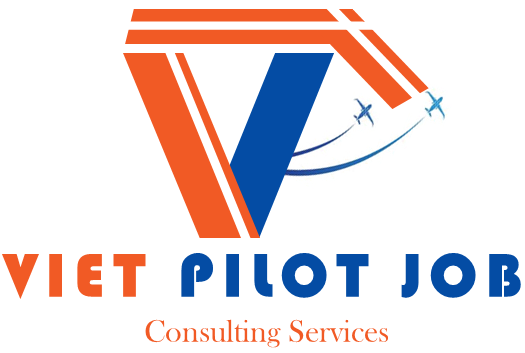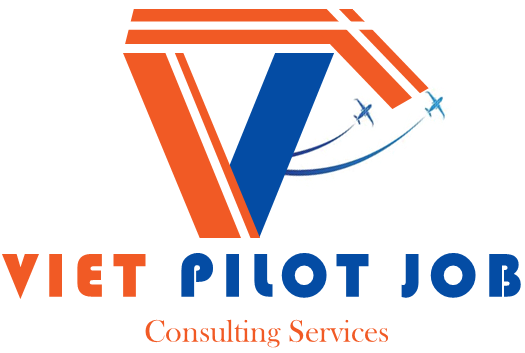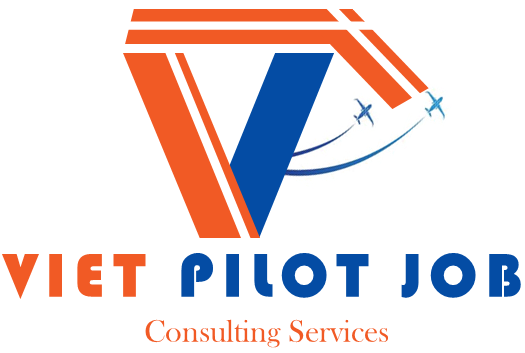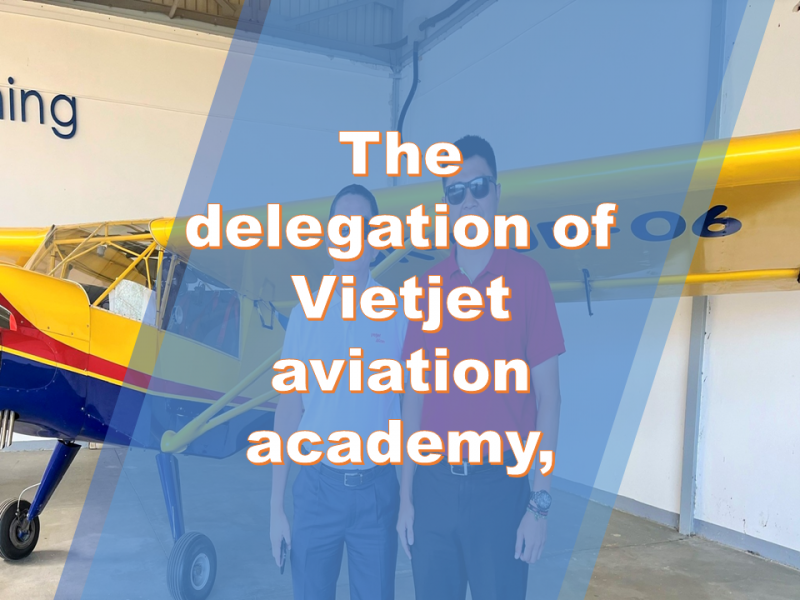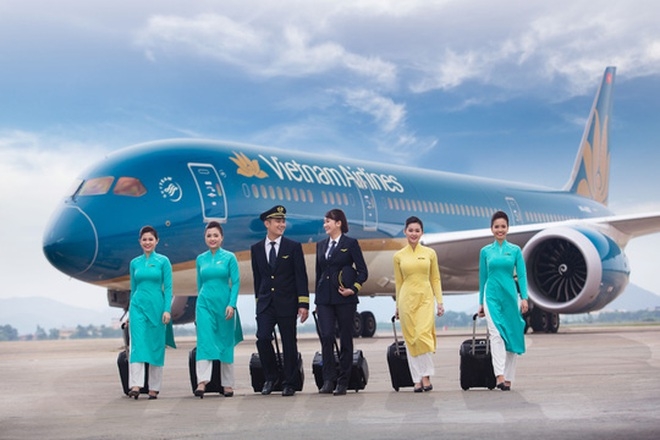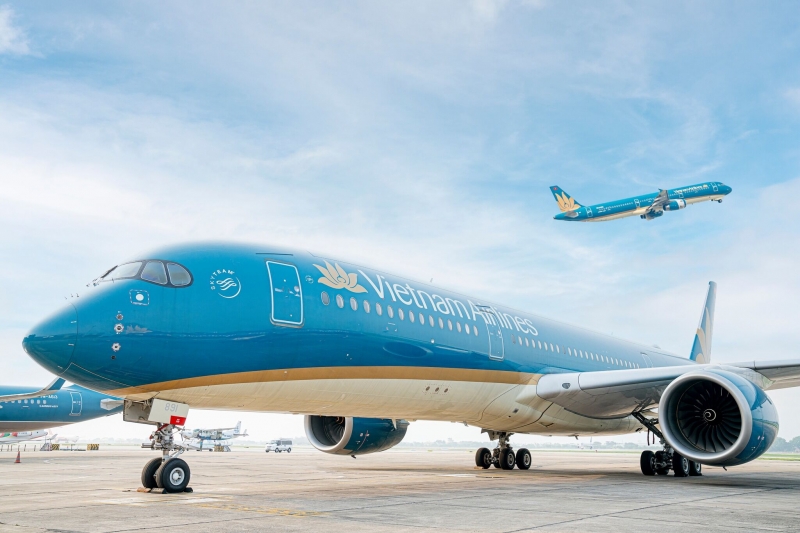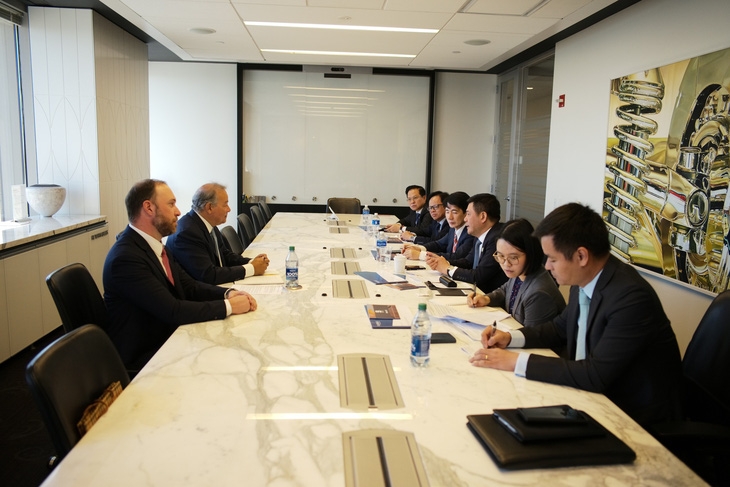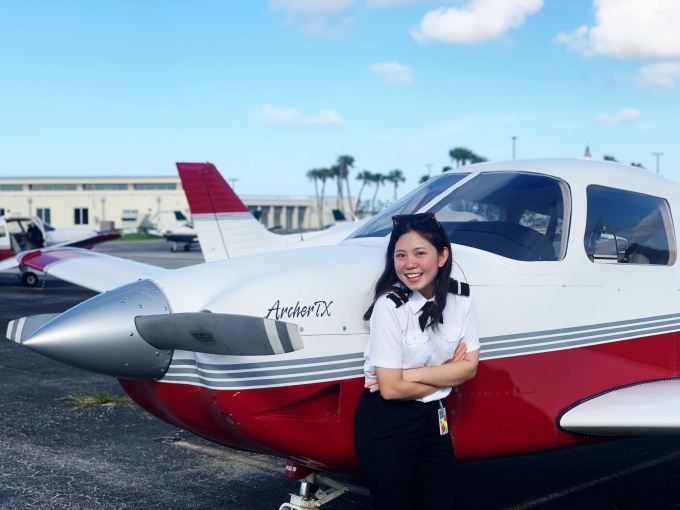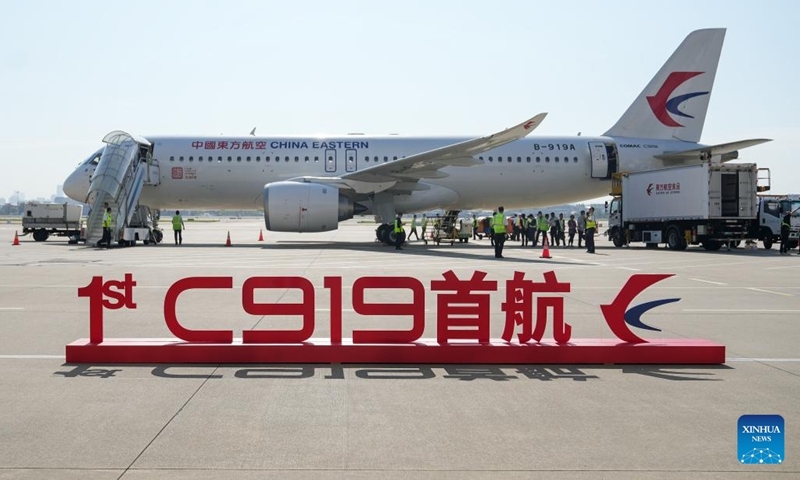Although commercial airplanes might look similar to the average person, there are many different models. Can a commercial pilot fly them all?
Although commercial pilots are incredibly talented and well-trained, they cannot fly all models of aircraft — not even all models of commercial aircraft. Each and every plane is so different, that pilots can really only fly the models that they are trained in and have a type rating for.
Commercial pilots might not be able to fly all models of aircraft, but that’s nothing to scoff at because neither can any other type of a pilot. A private pilot can’t do it, neither can a military pilot (even if they are widely considered the best of the best). There are
just too many differences from aircraft to aircraft to make it possible. Although in an emergency, a commercial pilot could likely safely land a different model plane… but
we’ll get into that more shortly.
Let’s start this off by saying that even through the collective flying experience that we have here at SkyTough, nobody here can fly every type of aircraft either! But we didn’t rely only on our own experience for this information. Everything you read here takes in our knowledge as well as the knowledge of other experts and pilots in the field. So you can read with confidence that everything in this article is accurate.
Are Commercial Pilots Trained On All Aircraft Models?
Let’s start off with the obvious — there likely isn’t a pilot anywhere on the planet who can fly every model of aircraft in the world. That’s because as you go from smaller single-engine aircraft, through commercial airlines, and to top of the line military jets, there’s just no way that someone could be trained on every model. So the short answer is no, commercial pilots are not trained on all aircraft models.
But we know what you’re really looking for. Can commercial pilots fly all models of commercial aircraft? That question is a bit more nuanced, and some people might think that a commercial pilot could likely fly one plane and then hop in another with no problem. But just like the answer to the other question, the answer to this one is also a resounding no. Commercial pilots cannot fly all commercial aircraft models.
This is simply because planes are incredibly complex pieces of machinery. Think about a car. You could easily get out of your car, take the wheel of your friend’s or coworker’s car, and be perfectly fine driving to your destination. Well as convenient as that might be, it is not the same for planes. Cockpits, controls, computer systems, everything — it’s all different from plane to plane.
So let’s say you have a pilot that’s flying a Boeing 737, but for one reason or another, they are asked to fly an Airbus A380 on the next connecting flight. Note: they would never actually be asked to do this, it’s all hypothetical. The long and the short of it is that the pilot would likely have a very difficult time successfully flying the Airbus A380. This is because the two aircraft are completely different from one another.
Sure if you go from one commercial airplane to another, there will be lots of similarities between instrumentation panels and some general operations. But the actual systems themselves, such as controls layout, programming the flight management system, and more will be different. The biggest advantage that a pilot would have is knowing how to effectively use the communication tools at their disposal to get an idea of how to actually fly the aircraft.
But this goes even further than manufacturer to manufacturer. In fact, going from model to model underneath the same manufacturer would still pose many of the same problems. What this all boils down to in the end is the training that the pilot has received, typically denoted by the type rating(s) that they possess. A type rating is more or less the qualification that a pilot receives to show that they have been trained on a particular aircraft.
The keywords above are particular aircraft. Type ratings are aircraft model specific, so a pilot would really need to obtain a different type rating — and therefore the associated training — for each different type of aircraft that they want to know how to effectively fly. Airlines won’t let pilots fly models or aircraft that they have not been trained in, regardless of the situation.
So long story short, commercial airline pilots cannot fly all aircraft models. They need to be trained on each different aircraft that they want to fly because every model is so different from one another.
Can Commercial Pilots Fly Smaller Private Planes?
Small planes, such as single-engine aircraft, are the backbone of the aviation industry. When a commercial pilot is starting their journey as a pilot, they will almost always learn to fly a plane in a smaller aircraft like a single-engine turboprop. These are the best types of planes to learn to fly in because they’re easy to fly, have plenty of maneuverability, and offer lots of room for forgiveness if the pilot makes a mistake.
A commercial pilot isn’t going to just walk into flight training school one day and hop into the cockpit of an Airbus A320 and take off. That just wouldn't be conceivable. They will start in something small like a Cessna 172 or a Piper PA-28, two of the easiest planes to fly and the best planes for beginners to learn how to fly. Once a new pilot has spent enough hours flying these smaller aircraft, they will then branch off towards flying commercially and moving onto the bigger jets.
So with all that in mind, a commercial pilot can almost certainly fly smaller aircraft like that. This is because more often than not, they will already have experience flying those aircraft to begin with. And if they don’t the systems are so much simpler and even just flying the aircraft is so much easier than the bigger and more complex commercial jets. Going from commercial planes to private planes is doable. Going the other way, not so much. But that’s a story for a different article!
Are Military Pilots Capable Of Flying Commercial Aircraft?
It is often widely accepted that the best pilots in the world become fighter pilots in the military. After all, military aircraft are the most expensive, most advanced aircraft in the world. So it makes sense that the government would only want to allow the best of the best to fly them. But does all the talent, ability, and strenuous training that fighter pilots possess mean they could climb into the cockpit of a commercial plane and fly it?
Similar to many of the reasons mentioned above, a military pilot could not effectively fly a commercial plane without additional training. Although they might be some of the best pilots in the world, that certainly doesn’t mean that some commercial pilots might not be better. Not to mention the fact that going from a fighter jet to a commercial airplane is a massive change in controls, systems, and the ability of the aircraft.
On the flip side of this coin, it likely seems clear that a pilot who has only been trained to fly commercially would not be able to jump into the cockpit of an F-22 Raptor and fly it no problem. This transition — from commercial aircraft to a fighter jet — would likely be much more difficult than going the other way around. The two types of aircraft are just so different from top to bottom that it would be nearly impossible for one pilot to fly the other with no issue.
However, in an emergency situation, a military fighter pilot could very possibly take the controls of a commercial plane and make a safe — albeit a bit rough — landing. If they were able to get in touch with a type rated pilot on the ground over the radio to walk them through the process, a military pilot’s training and general understanding of how aircraft and flight systems in general work would likely enable them to land the plane. But that still doesn’t mean they can fly it!
What Happens When A Brand New Aircraft Is Released?
After reading through all of the above about how every aircraft is different and strenuous training is required to fly each one, you can probably already start to guess what the answer to this one is going to be. As soon as a new model of a plane is released, the pilots that will be flying it immediately enter into training for it.
But it usually begins even earlier on in the process than that. Plane manufacturers will draw inspiration from their other aircraft models as well as take input from pilots and others in the industry during the design process. That’s because when a new plane is released, pilots have to at least be able to learn how to fly it, and relatively quickly. No major airline wants to dedicate unnecessary amounts of time and money to pilot training on a new aircraft because of how complex and how difficult it is to fly!
But just like with any other type of aircraft, it can all really be summed up into one word — training!
 English
English
 Korea
Korea